Kyocera Echo – Sprint (Review)
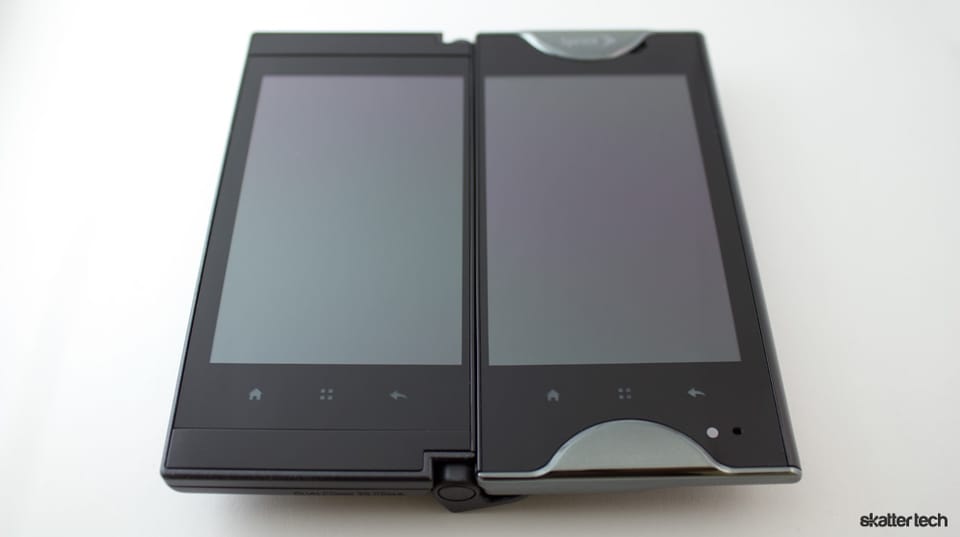
While just about every Android smart phone features a one-piece candy bar form factor, Kyocera took a risk and stepped away from the traditional comfort zone. The Echo features a 5 megapixel camera and 8 GB of internal memory, but the star of the show is its dual 3.5-inch displays. These combine to form a spacious 4.7 inches of screen real estate. Gimmicky in some instances and useful in others, the Kyocera Echo still deserves recognition for providing a unique experience.
Hardware
If you are looking directly at the face of the device, the Kyocera Echo seems pretty compact. It is 4.5 inches tall and only 2.2 inches wide. Turn it on its side, and you will find a different story. The phone is 0.7 inches thick, which is not much thinner than the standard laptop. It also weighs a full 6.8 ounces. To its credit, the two screens overlap — one over the other — when the phone closed. Still, the bottom portion alone is thicker than my entire iPhone 4. Fans of skinny jeans can safely pass on this device.
The phone as a whole is not too pleasing to the eye either. The Echo just looks like a big block when placed on a table. Kyocera squared off all the edges and there are not any special patterns or designs on the surface of the phone. The only component that adds a small touch of style is the plastic ridge on the top and bottom of the front display for an artificial metallic look.
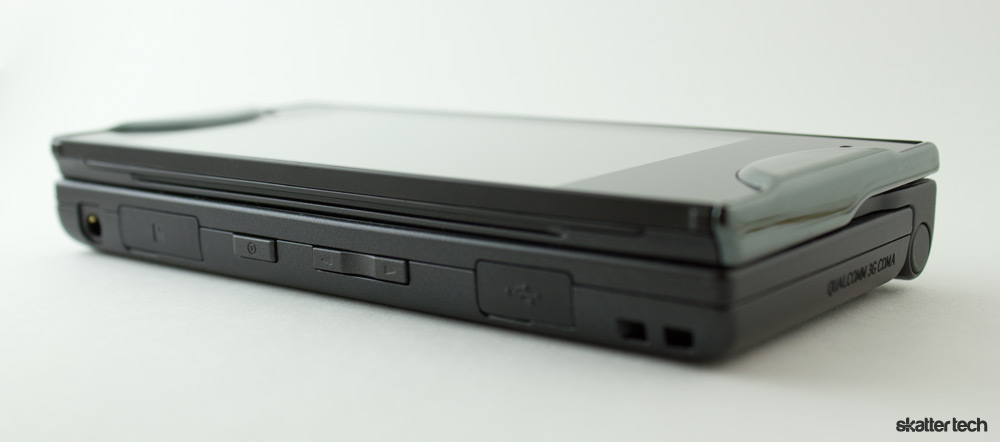
What the Echo lacks in aesthetics, it makes up for in build quality. I am completely comfortable plopping this right on the table. I usually feel the need to gently place smart phones. This feels very solid in the hands and no parts look like they will snap or break any time soon. Even the hinge which opens the phone to reveal a second screen is robust and can act as a useful grip on the back. My only concern is how well it will hold up over time.
All of the ports and controls are on the left side of the device. Starting from top to bottom: there is a 3.5mm headphone jack, microSD card slot, power button, volume toggles, and a charging port. The right side of the Echo is left completely barren, since the hinge covers it when the phone is open. I would prefer the power button on the top, instead of oddly squeezed in with the rest of the controls on the left.
Finally, we get to what is going on behind the scenes. The Kyocera Echo has a 1 GHz Snapdragon processor with 512 MB of RAM. WiFi and GPS are built-in, as is an accelerometer, digital compass, proximity sensor, and light sensor. You will not find 4G in this smart phone, only 3G, which you will probably appreciate once you hear more about the battery life.
Display
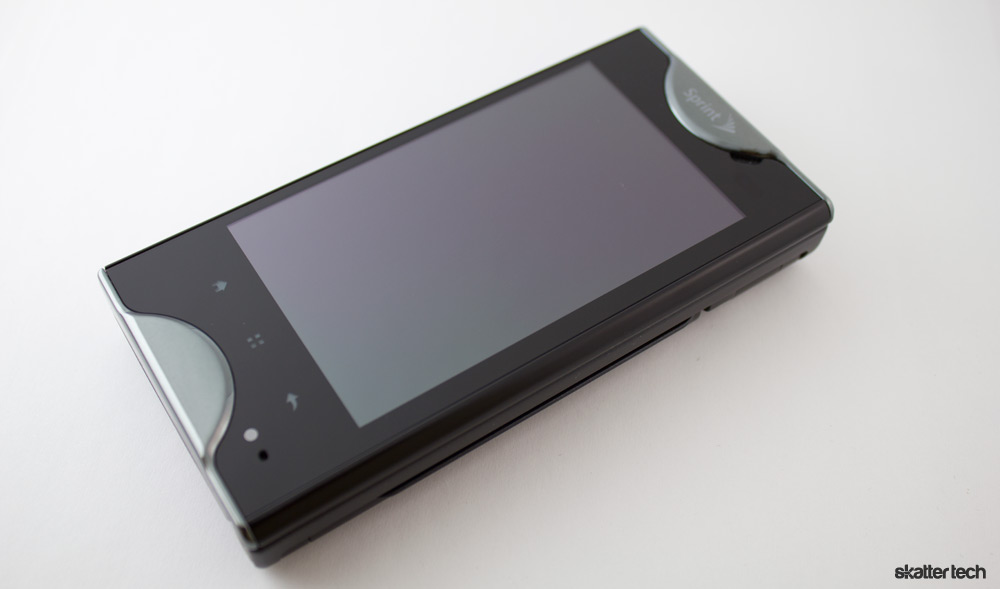
The Kyocera Echo is most notable for its not one, but two LCD WVGA capacitive displays. Each are 3.5 inches diagonally with an 800 x 480 pixel resolution, making for roughly 267 ppi. Combined, the two displays provide 4.7 inches of touch screen goodness and an 800 x 960 resolution. The unique hinge mechanism allows the top screen to fold out adjacent to the bottom screen. Then a push inward returns a satisfying click, which assures that both displays lock into place and ready for dual action.
The displays themselves are vivid and sharp. They are not as reflective as many other phones, which can help when using the phone in direct sunlight. Colors are fairly saturated, although the overall color temperature is a bit warm. An improvement to viewing angles and brightness probably would not do any harm either. Though the TFT display is by no means problematic, having a Super AMOLED or a Super LCD would be even better — possibly drive up the price a lot too.
Speaking of the two screens, touch responsiveness is horrid. I never feel like I am in control using the Echo. I can touch an icon on the display or swipe between home screens, but it chooses when to actually respond. If you are new to touch screens, this is not a big deal. But if you are moving from something like the iPhone, it is incredibly frustrating.
Operating System
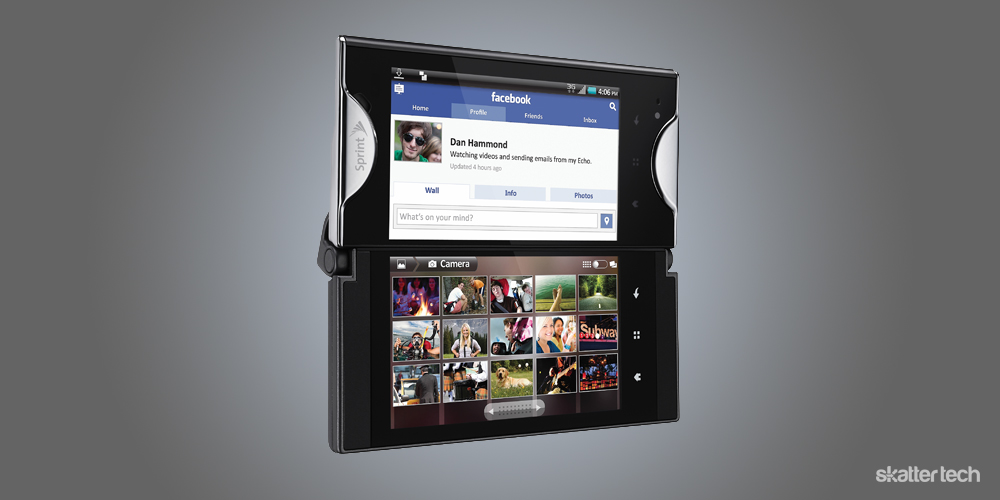
The Kyocera Echo ships with Android 2.2 Froyo, which unfortunately is not the latest release. Android 2.3 Gingerbread became available late last year and the upcoming code-name Ice Cream Sandwich is already on its way. The skinning is not as bad as other manufacturers, but Kyocera does throw in a few apps and slight custom look. In my tests, these never had any negative effect on the OS worth noting.
Performance and productivity are both fairly mediocre. Graphics were just not as smooth as I would like and even the browser speed was no match for some of the more powerful smart phones on the market. Oddly though, Flash performed better than I expected. According to the AnTuTu benchmark test, performance of the Kyocera Echo is about on par with the Nexus One — a device Google released in early 2010. This is not necessarily a bad thing, but there is plenty of room for improvement.
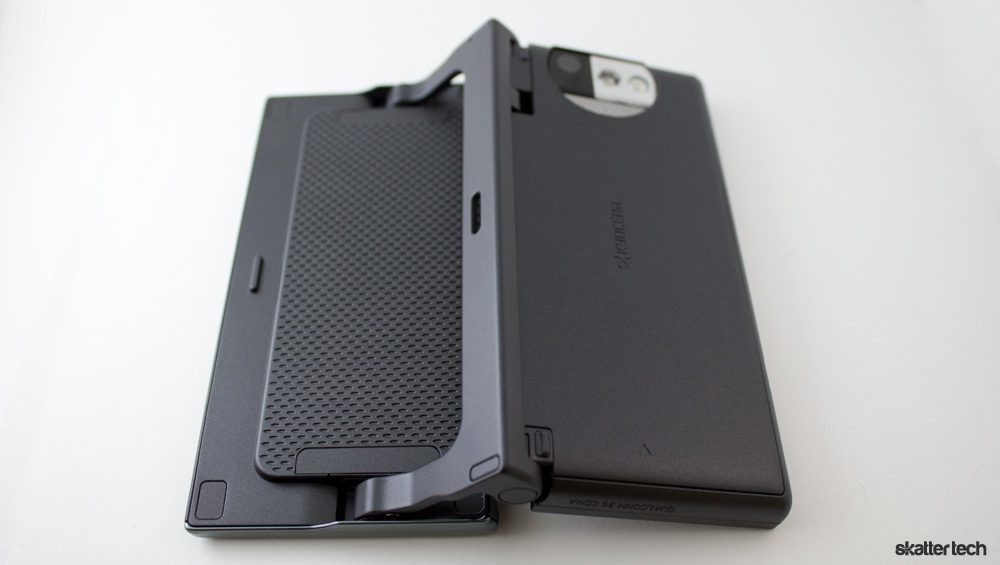
Like most Android phones, the carrier — in the case, Sprint — loads the phone with bloatware. The Echo comes with Sprint Zone, NASCAR, Sprint Football Live, Sprint Radio, Sprint TV & Movies, and a few game shortcuts. Kyocera also includes its Tablet Mode Extension and VueQue apps on, but I would not consider these bloatware. Rather, these apps aid in the multitasking capabilities that come with having two displays. The former app allows regular apps from the Android Market third-party apps to extend onto the second display when the Echo is open. VueQue is a fancy YouTube app for watching videos on one screen and queuing new videos on another — though the app limits browsing “related” videos only.
Additionally, tapping and holding on both screens at the same time brings up a menu of seven apps. These are the only seven apps that play along with the two displays and allow two apps to run simultaneously. They are Browser, Contacts, Email, Gallery, Messaging, Phone, and VueQue. All of this limited functionality made me feel like the Echo is gimmicky at best. As for keyboards, Kyocera pre-loads Swype for a serviceable solution to typing in portrait mode.
Camera
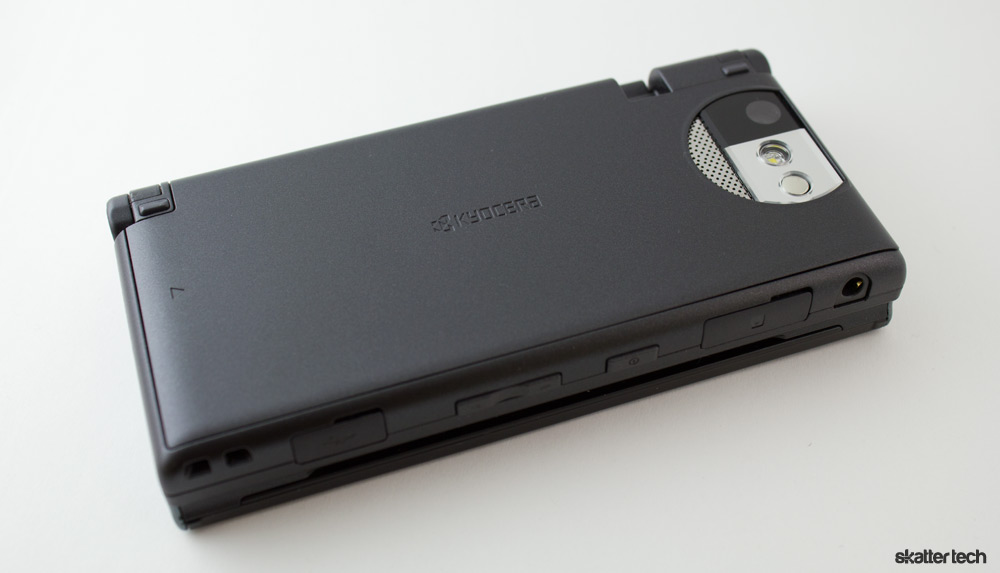
In case you did not notice the trend here, the Echo is mediocre in a lot of areas. The camera is no exception. It is a 5 mega pixel shooter with flash and a small mirror on the back. It absolutely blows my mind that Kyocera choose not to include a front-facing camera, so forget video calling. The one camera it does not exactly have the best quality either. Photos are extremely grainy in low-light situations and improve only slightly when more light is present. Video quality is equally just as bad, it is at least 720p HD. The slew of customization settings Android provides might help a bit if you know what you are doing, but do not get your hopes up on this camera.
Network / Hotspot
In the Greater New York City area, Sprint was very reliable. The 3G network is speedy, consistent, worked well with the Kyocera Echo. I only randomly lost signal for about five minutes, but it was up and running again in no time. I had no issues with WiFi connectivity. Unfortunately, you will not find any 4G capabilities on this device. Call quality was pleasantly solid with decent clarity on both ends. The Echo does a good job silencing any background noise.
The Echo does come with a WiFi mobile hotspot, which can connect up to five different devices using a secure pass-code. I connected my laptop to the hotspot without any issues. It is of course slower than DSLR, but is not by any means slow for 3G. Keep in mind that the network speed does quickly degrade when more than one or two devices are connected. For those interested, Sprint charges $29.99 per month in addition to the data plan for access to the hotspot feature.
Battery Life
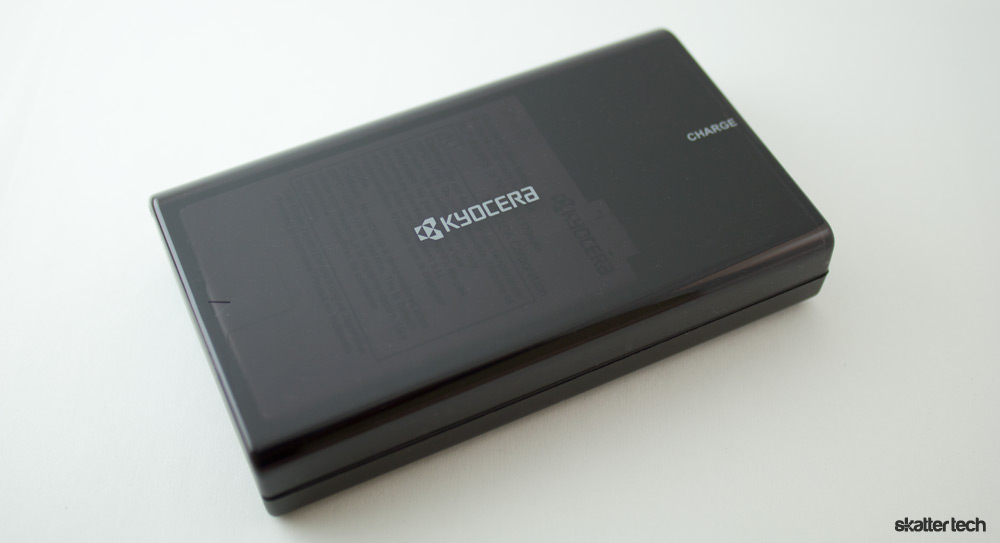
As I mentioned, the Kyocera Echo does not offer 4G connectivity and the reason for that is most likely to preserve as much battery life as possible. Kyocera promises that the Echo gets 7 hours of talk time. I have never participated in a 7-hour phone call, but here is what I can tell you about battery life. During my testing period, I unplugged the Echo from charging at a full 100% at 4:46 p.m. on a specific day. The very next day at 10:03 p.m. it died. The phone was in use for maybe 30% of that timeframe. The other 70% was standby. By these measurements, battery life is not absolutely terrible, but not great. With that being said, I can not imagine getting 7 hours of talk time.
Luckily, Kyocera ships a special extra accessory with the Echo. It is a portable battery pack which can act as a USB charger when running out of power. The modular USB cable can either plug into a wall adapter or a computer for data syncing. The same adapter charges the portable battery pack and the phone too. Owners can also pop out the internal battery from the phone and interchange it with the one from the portable battery pack as well. This is definitely a neat convenience.
The Bottom Line
I used the term “mediocre” multiple times and in many different sections of this review. That word just about sums up the Kyocera Echo — mediocre. It has poor performance, camera quality, responsiveness, and the design is not exactly what some might call eye candy. The dual screens also feel like a gimmick most of the time. On the plus side, both displays at least look good and call quality is definitely adequate. The Kyocera Echo is available on Sprint for $99.99 on a two-year contract, which is probably a fair price. But considering all the better options out there, I find this device hard to recommend.
Link: Kyocera Echo – Sprint